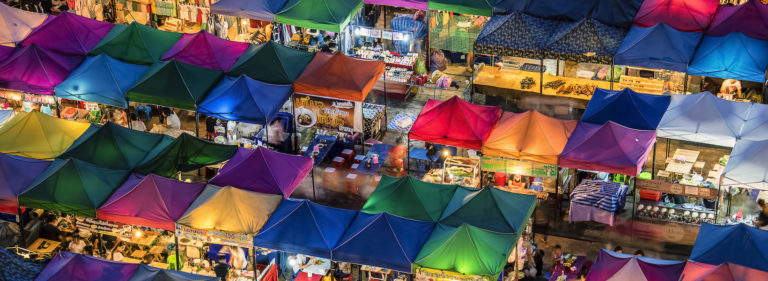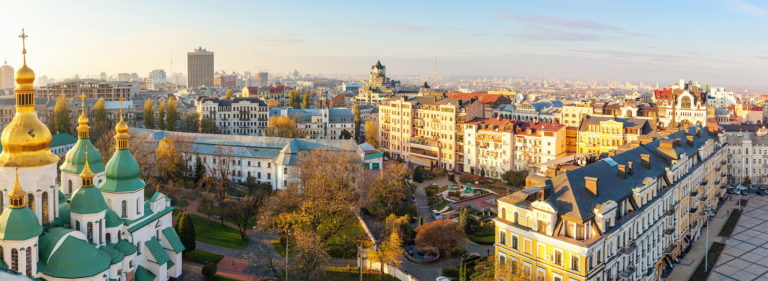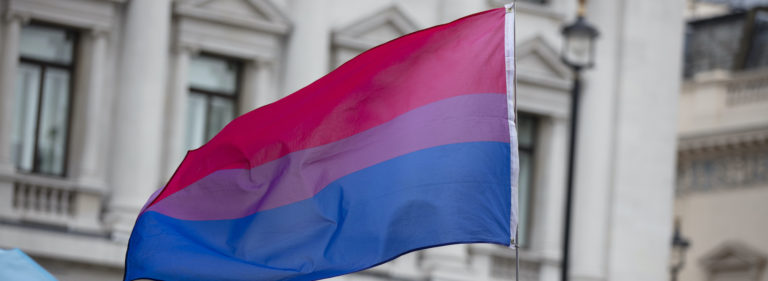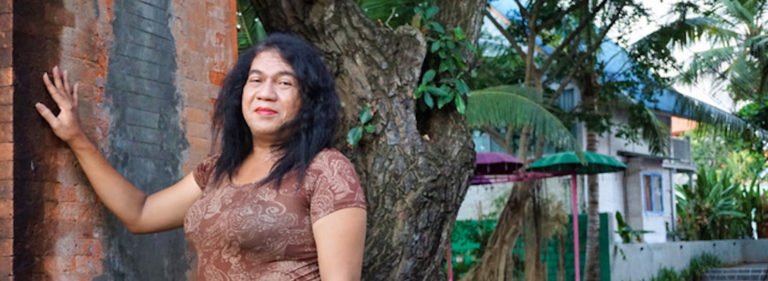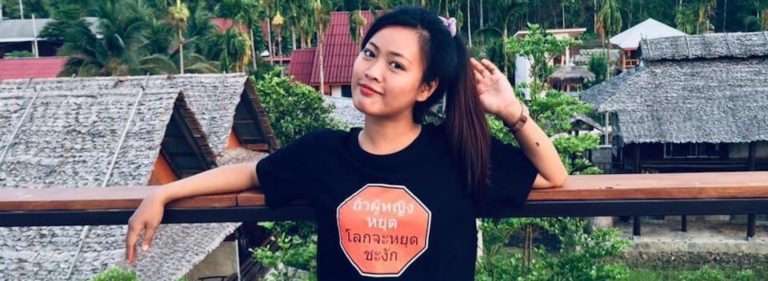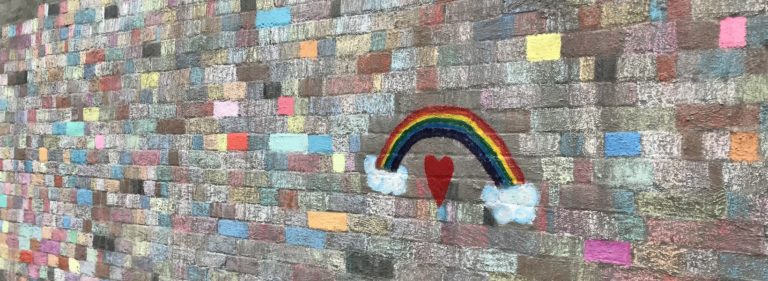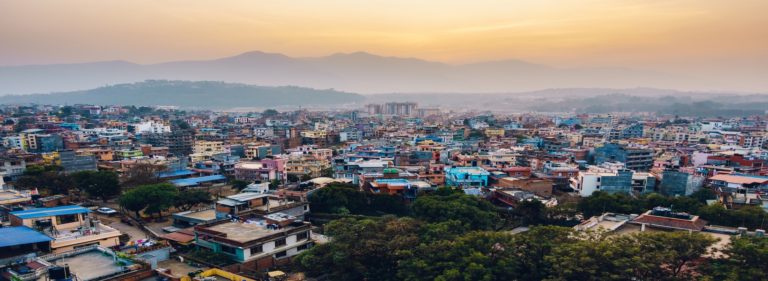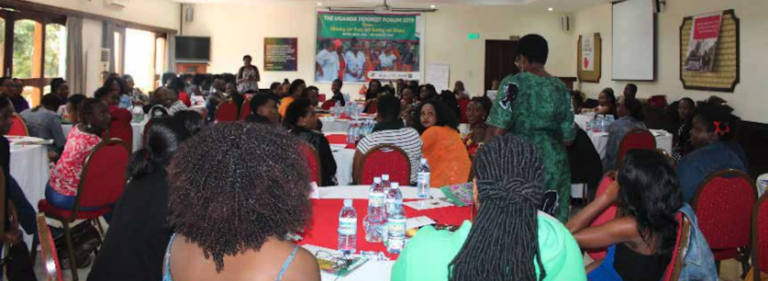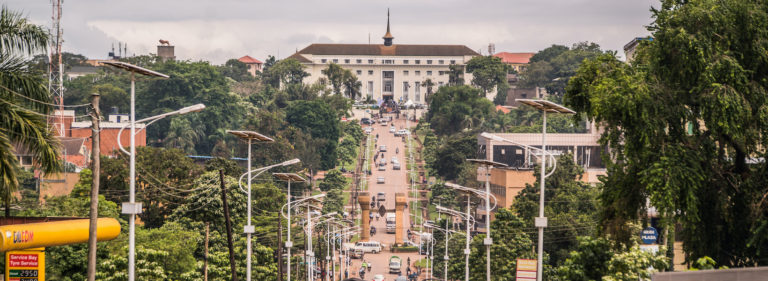Nong Air (she/her) is a previously stateless, cisgender bisexual woman. Nong Air is an activist with Sangsan, an organisation advocating for the rights of indigenous and stateless youth, including young women and the diverse SOGIESC community, in Northern Thailand. This interview was done by Edge Effect in collaboration with Sangsan Anakot Yaowachon development project, as our collective efforts to voice the non-English speaker community. Nong Air is one of our featured interviews as part of our celebration of Bi-Visibility Day (23 September).
As a bisexual person, why is bi-visibility important to you?
Being LGBITQ+ in my community is unaccepted. There is a direct violation against people based on their expression, for example, a non-binary or transgender person gets direct violation as their expression is visible. The context is different for me who is a cis-bisexual woman. I am less visible and people know about my bisexuality only after I say it. Regardless, it’s still harmful because the community cannot believe that a woman can love men and women at the same time. The community do not believe in bisexuality. Bisexual community under the women umbrella are forced to marry and there are attempts for corrective rape to fix our sexual orientation.
The other situation that I faced for being bisexual is related to my visibility at the community or schools and family acceptance. My sister is a trans woman and I am a bisexual woman. Our family have a normative expectation about us. It’s really hard for my family to accept reality.
At schools, when a bisexual person like me try to explain ourselves, people don’t acknowledge us. There are different forms of discrimination against the bisexual community, it is different from trans or other expressions or identities in the LGBTIQ+ (ie. tomboy, transmen, masculine women, etc.). Sometimes it can be easier to be acknowledged as a masculine woman than as a bisexual woman. For example, when I inform my close friends (who are women) about my bisexuality, they rejected me and left me, and this is another issue related to biphobia.
Overall, being bisexual is very important, because it’s my identity and I want to be represented in my community so there is no more lack of information, better acceptance and understanding on bisexuality issues locally or in the society in general. So, whomever I will have my relationship with, men or women, it will be acknowledged by society.
How did you become an LGBTIQ+ activist?
It started 2 years ago when I attended the Pride in the Humanitarian System (PITHS) consultation. I acknowledged my sexual orientation a long time ago, but I never thought about coming out. During the consultation I feel that I was in a safe space; it was cool and natural for everyone there to be who they are. I already worked for human rights issues then (ie. I helped over 100 people to get Thai citizenship and I worked for land rights for my indigenous community). I finally found that bisexuality is also as important as other LGBTIQ+ issues. All of us need to fight for our rights. That’s how my journey as an activist started.
The other factor is the strong gender norm, the hyper-masculine and hyper-feminine and very binary construction within my indigenous community. If people do not fit in those expectations, they are blamed and targeted. People like me are often blamed by the community. I believe that we need to push for change because there is nothing wrong with being LGBTIQ+. So, I started encouraging SOGIESC inclusion in other human rights issues that I already advocated for.
What inspires you to advocate for social change?
It started with my life reality, my family and my community. Many of my communities are stateless, the ethnic minority are impacted by armed conflict, there is a lack of acceptance especially if you are a woman, in terms of leadership and participation, and no one had an idea about LGBTIQ+. It all started with that. Without Sangsan I would never understand about it. It’s already 2 years, and it would be a shame if I cannot speak of LGBTIQ+ while I speak and stood up for other issues. We (me and my sister) stand to defend LGBTIQ+ rights. Sangsan has worked for a long time in my community and last year, my family finally opened up and accepted their LGBITQ+ children. Our stories also helped other communities’ member to acknowledger us and the LGBTIQ+., This is a big step to my work as a young bisexual woman human rights defender and change maker.
How long have you been involved in this work?
I consider that I work as a human rights defender for 12 years since I started with Sangsan. It made me stood up for my dignity as a stateless indigenous young woman. The complexity of my identity as a young, indigenous, women and stateless, has never been acknowledged. I never had the space to bring my identity together, and LGBTIQ+ never address the issue of indigenous people. I never had any platform to explain who I am and to advocate for my rights. It’s difficult when we are not acknowledged by any movement or network, we have no space to speak or anyone to connect.
Have you been involved in projects that focus on the inclusion of LGBTIQ+ people in humanitarian or development contexts? If so, what projects? What happened?
Sangsan started to create space for young people, women, and LGBTIQ+ to come together and advocate for our human right situation and issues. So, the-space is not limiting us as a community, but opening spaces for us to connect with various networks and the movements.
As a member and a youth volunteer of Sangsan for 12 years, our advocacy is not limited at the community level, we also advocate at the national, international and regional levels for the human rights issue and SOGIESC inclusion.
We were scholarship students and that program continues so a lot of young people who cannot get support from their families will get access to education. There is also a human rights education program where we learn about human rights and how to uphold the rights when we are being violated. Without this, I would never know about human rights.
What are some of the challenges you face in advocating for more inclusion of LGBTIQ+ people?
As a young bisexual woman human rights defender, I faced a lot of challenges. For example, when we try to advocate at the international level, it was difficult to talk about our issues. At the ASEAN level, we were part of a regional platform, so we supported by regional organizations and it was possible to advocate. However, at the local level, I was discriminated by men who disagree with women leadership, people are also questioning why we are advancing the rights of stateless people instead of the Thai people, and most importantly, we were also discriminated by community leaders, all men, who have difficulties to accept that young women play crucial roles too.
During a disaster, our community also blamed the LGBTIQ community and young advocate like me. During COVID-19 when our team tried to help the community; men and indigenous community leaders threatened our group and it made me scared. Before I became a Thai citizen, it was really hard to travel or to get an education. We have a financial crisis and we ran a project with minimum budget, but we did amazing work to handle that. There is also a security issue that I mentioned above as people threatened me by calling to my mobile phone. I fear the risks of kidnapping and forced disappearance as I advocate for land right and there is a lot of people and agency involved. When I travel, I need to ensure that I should not be alone, so overall, the mentality in this issue is very challenging.
If there was one change that you would like to see for LGBTIQ+ people, what would that change be?
I want acceptance, especially of young bisexual people; from our family and society. So, we will live in better conditions. We will no longer be marginalized by our family, community and even our schools, so we can stay in school because as an indigenous community education is very important as we cannot return home. If there is acceptance, marginalization will end.
What are ways can humanitarian and development organisations support the inclusion of bisexual people?
Include bisexual people. Any development/ humanitarian actors need to ensure that bisexual people are included. For example, around the world there is a lack of presentation, voice and participation of bisexual, so the inclusion of bisexual is by including us and our stories. For example, in Chiang Mai we conducted Pride march for 2 years in a row, there is high visibility of Trans, but low visibility of cisgender women, including bi women, and that’s important to change.
